Nine Physical Therapy Exercises You Can Do at Home
Tips to help relax tense muscles, reduce aches, and improve overall well-being
Reviewed by: Joie Flees, PT, MS, OCS, Cert. MDT
Written by: Lauryn Feil
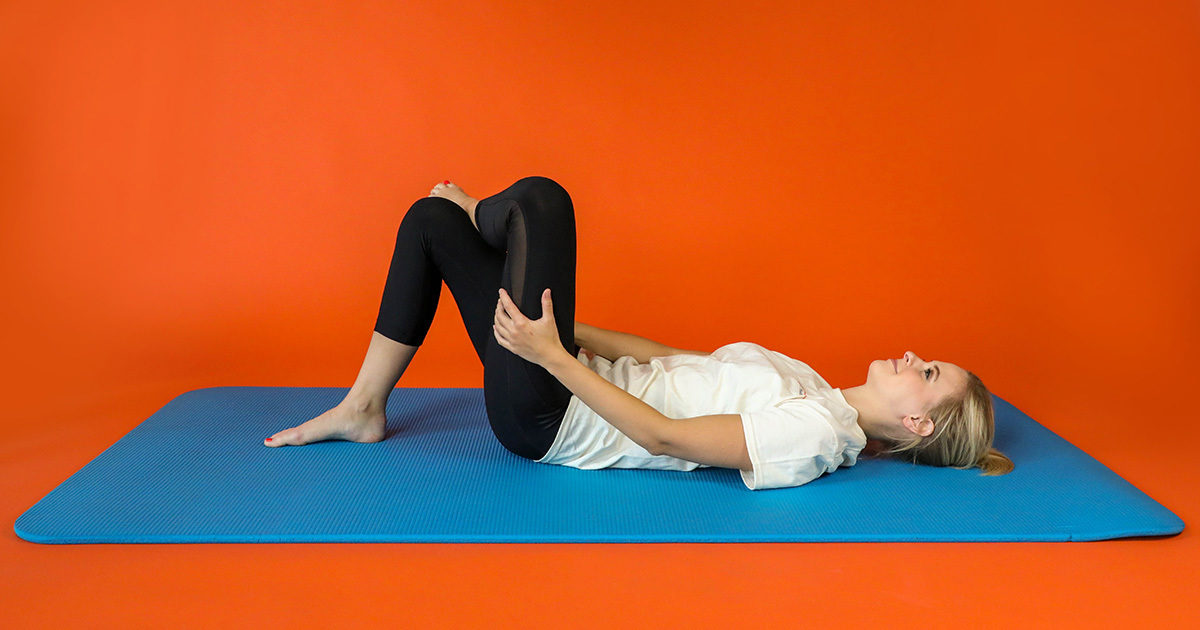
Physical therapy is a treatment approach designed to help restore function, promote healing, and alleviate pain, particularly before or after surgery. It can assist people of all ages with medical conditions, illnesses, or injuries that limit their normal abilities. Additionally, physical therapy encourages active and healthy lifestyle changes to improve overall health and well-being. Even if you’re not recovering from surgery or an injury, incorporating stretching and strengthening exercises into your daily routine can help relieve tension, reduce aches, and enhance your overall comfort.
Benefits of physical therapy include:
- Strengthening and stretching muscles and joints
- Aiding in recovery from or prevention of sports-related injuries
- Assisting in recovery from a major surgery
- Helping manage age-related issues such as arthritis
- Improving overall function and mobility
- Enhancing outcomes by helping you return to your daily activities
Stretching
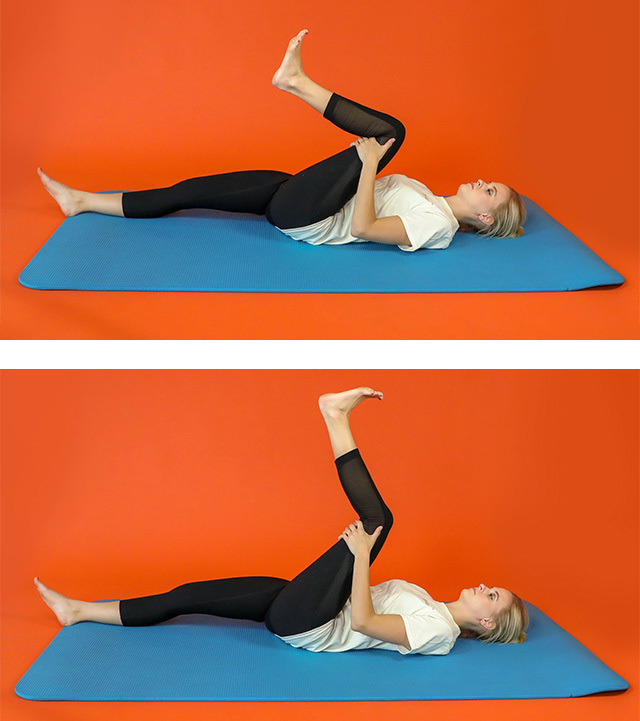
Hamstring Stretch
Step 1
Lie on your back, raise your left leg, and clasp your hands around the back of your left thigh, pulling your knee close to your chest.
Step 2
While keeping your knee near your chest, slowly straighten your left knee until you feel a stretch along the back of your thigh. Hold for 30-45 seconds, then repeat on the opposite side.
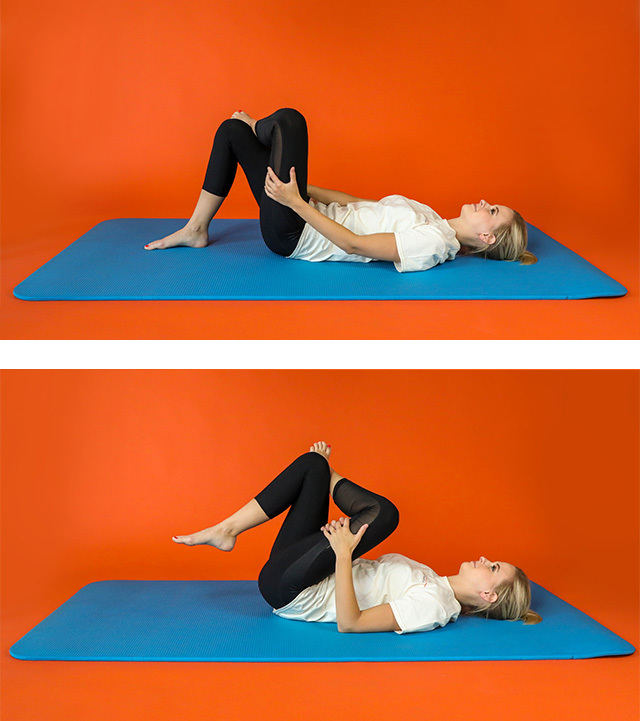
Piriformis Stretch
Step 1
Lie on your back with knees bent and feet flat on the floor. Cross your right ankle over your left knee.
Step 2
Clasp your hands around your left thigh and pull it toward your chest. You should feel the stretch in your right buttock, hip, and the back of your thigh. Hold for 30-45 seconds, then repeat on the opposite side.
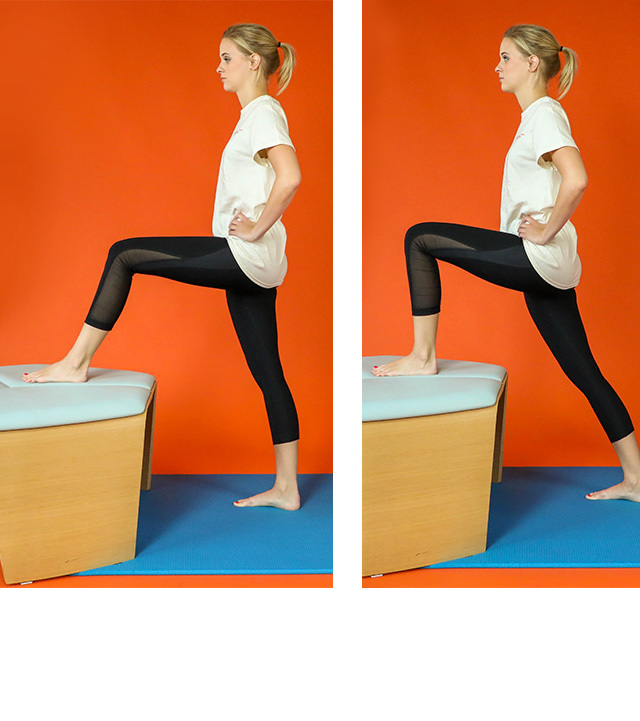
Standing Hip Flexor
Step 1
Stand facing a bench or a sturdy chair, with feet pointing forward. Place your left foot on the bench, ensuring your knee angle is greater than 90 degrees.
Step 2
Shift your weight forward toward the foot on the bench, feeling a stretch in the front of your right hip (you may also feel a stretch in your right calf). Hold for 30-45 seconds, then repeat on the opposite side.
Strengthening
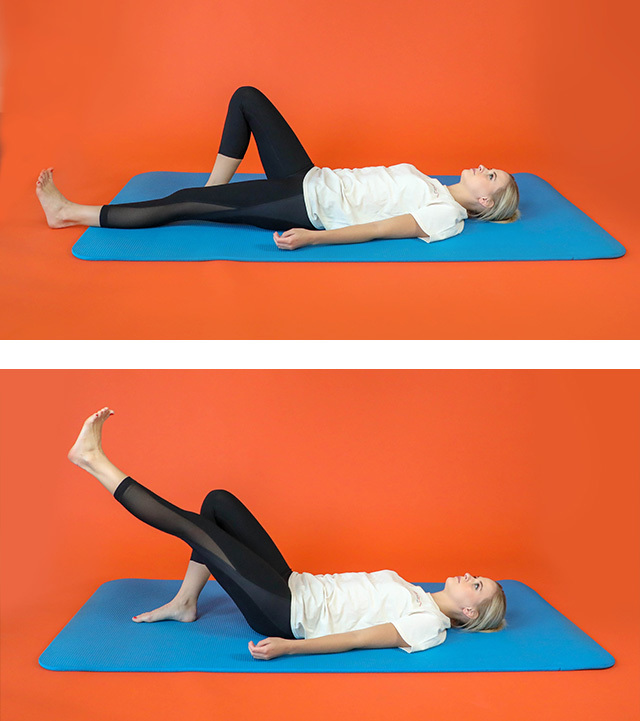
Straight Leg Raise
Step 1
Lie on your back, bend your right knee, and keep your left foot flat on the floor.
Step 2
Point the toes of your left foot toward the ceiling, slowly lift your left leg (keeping your knee straight) to about 45 degrees, then slowly lower it back down. Perform 10-20 repetitions, then repeat on the opposite side.

Bridge
Step 1
Lie on your back with knees bent and feet close to your buttocks, a little wider than hip distance apart.
Step 2
Squeeze your glute muscles to lift your pelvis off the floor, keeping your knees aligned over your ankles. Hold for 3-5 seconds, then slowly lower back to the starting position. Repeat 10-20 times.
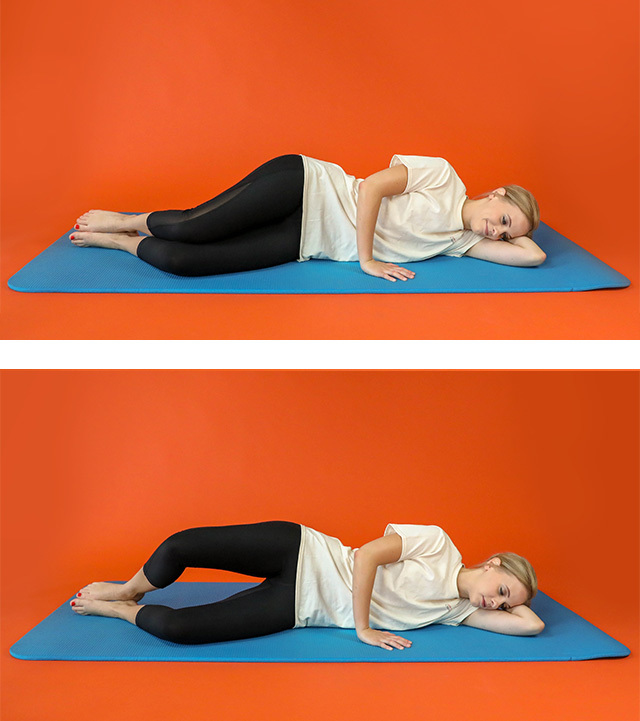
Clamshells
Step 1
Lie on your left side, supporting your head with your bent arm. Keep your knees bent to 90 degrees, with knees and ankles stacked.
Step 2
Slowly raise your right knee while keeping your ankles together, without allowing your pelvis to roll back. Feel the effort in your right thigh and buttock, then slowly lower back to the starting position. Repeat 10-20 times, then switch sides.
Posture Correcting
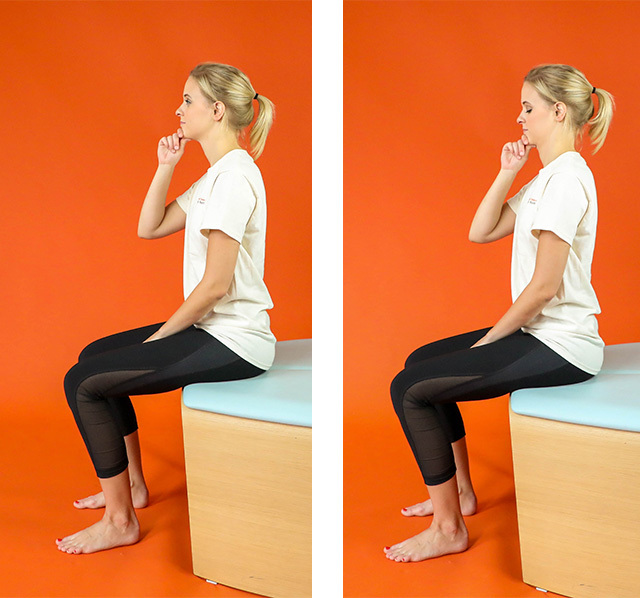
Cervical Retraction
Step 1
Sit with your shoulders pulled back and down. Look straight ahead.
Step 2
Tuck your chin in (like creating a double chin) and hold for 1-2 seconds. Bring your chin straight back without moving your head downward. Return to the starting position and repeat 10 times.
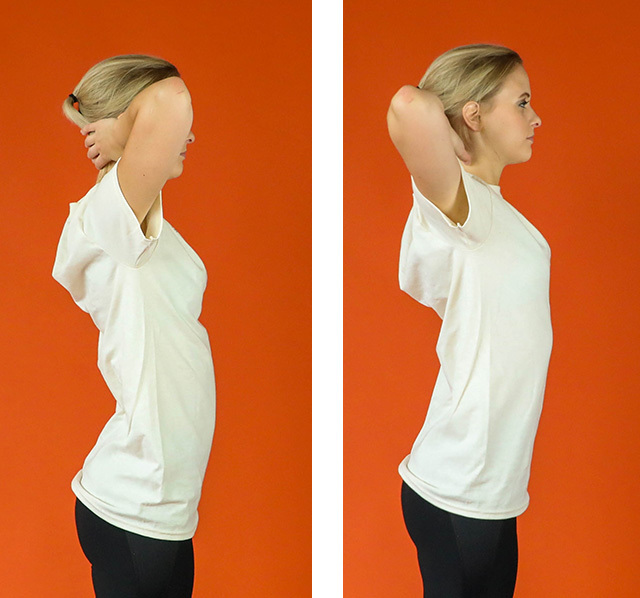
Thoracic Extension
Step 1
Sit or stand straight with your hands placed behind your head.
Step 2
Keeping your neck neutral, extend your upper back while squeezing your shoulder blades down and back. Hold for 1-2 seconds, return to the starting position, and repeat 10 times.
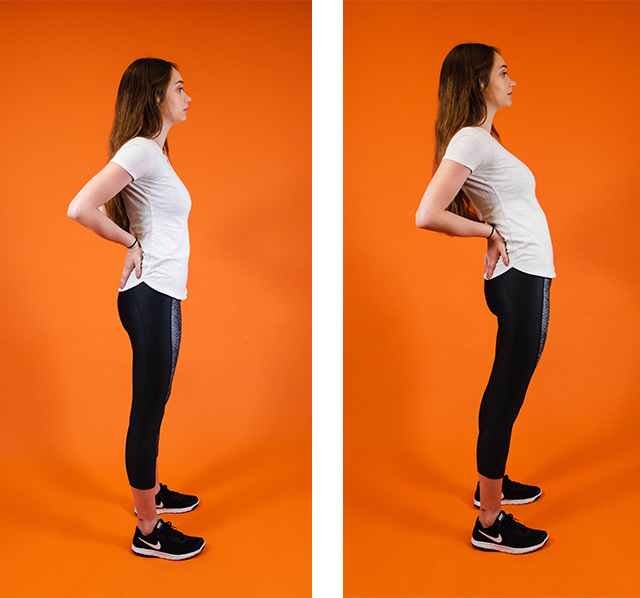
Lumbar Extension
Step 1
Stand up straight with your hands on your lower back.
Step 2
Slowly bend backward as far as comfortable, focusing on arching your lower back. Hold for 1-2 seconds, then return to the starting position and repeat 10 times.